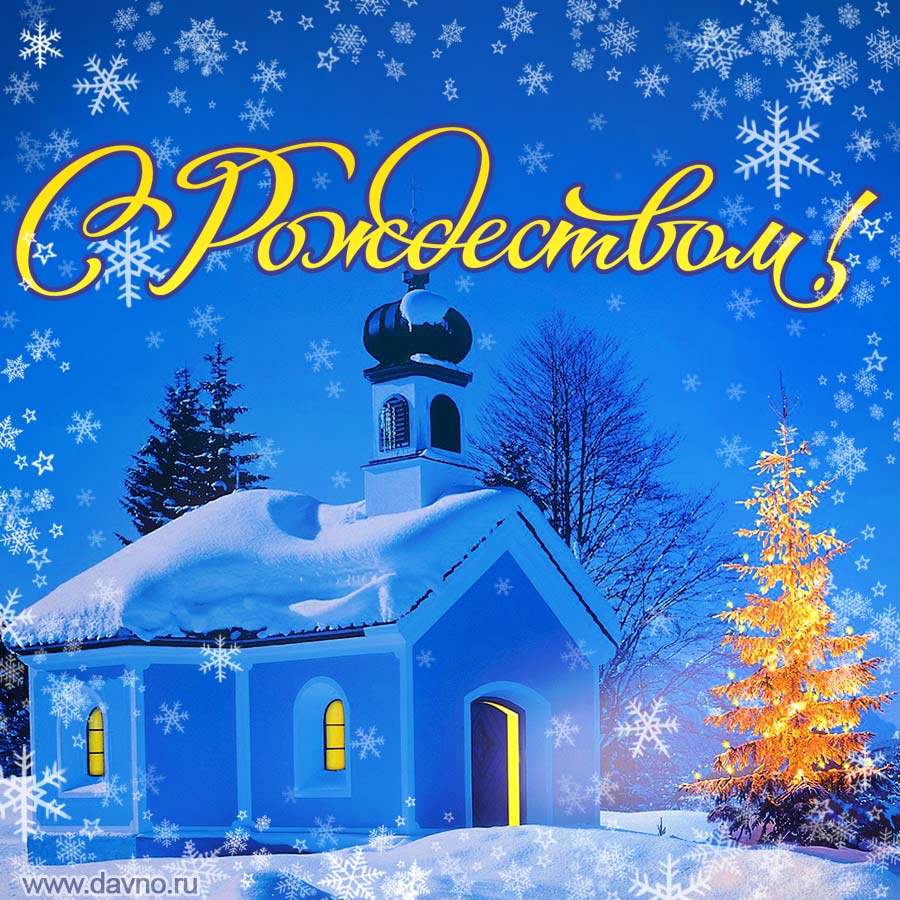Haben Sie sich jemals gefragt, wie Menschen auf der ganzen Welt Weihnachten (und Silvester) feiern? Neugier auf alles, was mit Sprachen, Kulturen verschiedener Länder und interessanten Traditionen zu tun hat, zeichnet uns aus. Weihnachten ist keine Ausnahme!
Was ist Weihnachten? Heiligabend hat den Namen “Heiligabend” – von dem Namen des rituellen Essens, das an diesem Tag gegessen wird – Soja. Sochivo oder Kutia – Brei aus Weizen oder Gerste, Roggen, Buchweizen, Erbsen, Linsen, gemischt mit Honig.
Die Anzahl der Gerichte war ebenfalls rituell – 12 (entsprechend der Anzahl der Apostel). Der Tisch war reich und reichlich: Pfannkuchen, Fischgerichte, Aspik, Gelee vom Schwein und Rinderkeulen, Spanferkel gefüllt mit Brei, Schweinekopf mit Meerrettich, hausgemachte Schweinewurst, Honiglebkuchen, gebratene Gans. Nach altem Brauch wurde der Tisch zuerst mit Heu bestreut – in Erinnerung an die Krippe und die Krippe.
Das Essen am Heiligabend konnte nicht vor dem ersten Stern eingenommen werden, in Erinnerung an den Stern von Bethlehem, der den Heiligen Drei Königen und der Geburt des Erlösers verkündete. Und als die Dämmerung einsetzte, als der erste Stern aufleuchtete, setzten sie sich an den Tisch und teilten die Oblaten und wünschten sich gegenseitig alles Gute und Helle. Weihnachten ist ein Feiertag, an dem sich die ganze Familie an einem gemeinsamen Tisch versammelt. Am Heiligabend endete das Weihnachtsfasten, und an den Weihnachtsfeiertagen werden die Gläubigen mit köstlichem Essen verwöhnt.
In der Nacht vom 6. auf den 7. Januar, vor dem orthodoxen Weihnachtsfest, schliefen die Menschen normalerweise nicht: Sie gingen von Haus zu Haus, gönnten sich Essen und Weihnachtslieder. Kolyada ist der Name des alten Weihnachtsritus zur Verherrlichung des Festes der Geburt Christi mit Liedern und dem Lied selbst. Dafür haben die Besitzer die Weihnachtslieder mit verschiedenen Köstlichkeiten behandelt.
Zum Weihnachtslied verkleideten sich die Reichen in der Regel in karnevalistischen, ungewöhnlichen Kleidern, und die Armen drehten einfach ihre Oberbekleidung um und setzten Tiermasken auf. Jetzt wird dieses Ritual wiederbelebt: Menschen lernen Lieder, verkleiden sich wie in alten Zeiten, setzen Masken auf und gehen zu Nachbarn, Verwandten und Kollegen.
Weihnachten dauert drei Tage. Fromme Gläubige versuchen, sie im Tempel auszugeben. Der zweite Tag nach Weihnachten wird die Kathedrale der Allerheiligsten Theotokos genannt. Christen in Kirchen verherrlichen die Mutter Gottes, aus der der Erretter geboren wurde.
In Venezuela hört man im Dezember die traditionelle Melodie “Gaita”. Es wird auf mehreren Instrumenten gespielt – “cuatro” (viersaitige Gitarre), “tambora” und “furro” (venezolanische Trommeln) und “charrascu” (gerippte Pfeife, die mit einem Stock gespielt wird). Die Melodie wird von spanischen Liedern begleitet.
In den Niederlanden steigt Sinterklaas am 5. Dezember den Schornstein hinab, hinterlässt Geschenke und ein kurzes Gedicht. Und wenn Kinder erwachsen werden, werden diese Gedichte ein wenig härter.
In Taiwan wird Neujahr nach dem chinesischen Mondkalender am 1. Januar gefeiert. Kinder erhalten rote Umschläge mit Geld als Geschenk, und Familien treffen sich zu einem großen gemeinsamen Mittagessen und decken den Tisch mit besonderen Gerichten – speziellen Eintöpfen und Knödeln. Jeder isst Fleisch und Gemüse aus dem gleichen Topf, man sagt, dass dies ein unglaubliches Zusammengehörigkeitsgefühl vermittelt. Hier erwähnen wir das neue Jahr, da es an Bedeutung dem katholischen Weihnachten gleichkommt.
In Großbritannien ist gebratener Truthahn zum Abendessen eine feste Weihnachtstradition. Kein britisches Zuhause feiert Weihnachten ohne Cracker – Pappröhren, die in farbiges Papier gewickelt sind. In den Crackern befindet sich ein kleines Geschenk, ein Papierhut und ein schlechter Witz (meistens ein Wortspiel auf Englisch).
In Deutschland ist das traditionelle Weihnachtsgetränk ein warmer, würziger Wein namens „Glühwein“. Glühwein genießt man am besten im Freien bei einem Spaziergang über einen der vielen Weihnachtsmärkte. Abenteuerlustige genießen ein weiteres Getränk – die „Feuerzangenbowle“, für deren Zubereitung ein mit Rum angefeuchtetes Zuckerstück angezündet und karamellisierten Zucker in Glühwein geträufelt wird.
In Kolumbien feiern die Menschen am 7. Dezember den Beginn der Weihnachtszeit, und einige Städte veranstalten an diesem Tag Paraden, die auf Mythen und Legenden der kolumbianischen Folklore basieren, wie z. ein Bein“ („la patasola“), „Der kopflose Priester“ („el cura sin cabeza“) und andere.
In der Ukraine wird Rizdvo mit einem Festessen mit 12 Gerichten und Weihnachtsliedern gefeiert. Daran nehmen alle teil – Kinder und alte Menschen.
In Georgien werden wie in Russland zwei neue Jahre gefeiert – das „neue“ Neujahr am 1. Januar und das „alte“ Neujahr am 14. Januar. Das alte neue Jahr wird nicht so groß gefeiert wie das neue, aber die Leute mögen diesen Feiertag immer noch. Es wird angenommen, dass alles, was am 15. Januar passiert, Ihr Schicksal für das kommende Jahr bestimmen wird …
Auf Mauritius sehen sich die Menschen am Silvesterabend gerne ein Weihnachtsfeuerwerk vom Strand oder von ihren Dächern aus an. Und da dieses Spektakel so viele Zuschauer hat, wird es zu einem Wettbewerb um das lauteste Feuerwerk.
In Vietnam stellen christliche Gemeinden spezielle Weihnachtsdekorationen auf, die jeder Passant sehen kann. Und da es warm ist, unternehmen Freundesgruppen lange Spaziergänge an malerischen Orten und trinken dann gemeinsam Kaffee.
Weihnachten in


 English
English  Turkish
Turkish  Русский
Русский  فارسی
فارسی  Svenska
Svenska  Dansk
Dansk 


